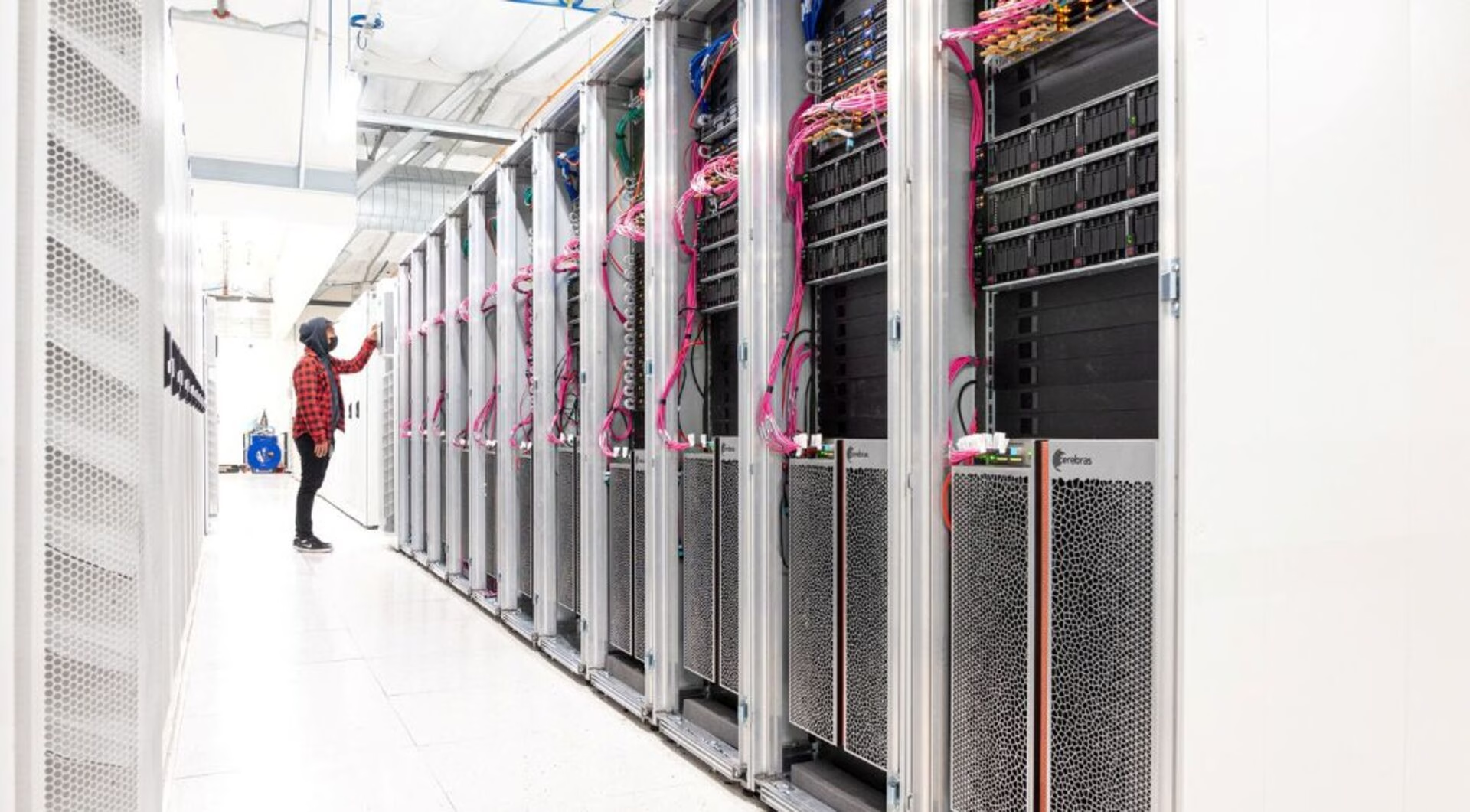From 2020 to 2023, a surge in demand for electricity was observed, primarily due to advancements in artificial intelligence, cloud computing, and data centers.
Operational emissions for Amazon, Microsoft, Meta (owner of Facebook and Instagram), and Alphabet (Google’s parent company) rose by 182%, 155%, 145%, and 138% in 2023 compared to 2020 levels, respectively, according to the UN’s International Telecommunication Union (ITU).
These figures encompass emissions directly produced by the companies’ operations and those from their energy consumption. They were featured in a newly released ITU report examining the greenhouse gas emissions of the globe’s top 200 digital businesses between 2020 and 2023.
The UN agency associates the sharp increase to recent advancements in AI and the growing demand for digital services such as cloud computing.
“Innovations in digital technology – particularly AI – are increasing energy consumption and global emissions,” stated Doreen Bogdan-Martin, head of the ITU.
Despite these innovations marking significant technological progress, the agency warns that unaddressed, emissions from top-emitting AI systems could soon exceed 102.6 million tonnes of carbon dioxide equivalent per year.
“Currently, there are no standards or legislation compelling companies to disclose their AI emissions or energy consumption, complicating the understanding of AI’s impact on corporate energy use,” the report states.
“However, company reports indicate an upward trend in operational emissions for entities with high AI adoption levels.”

The boom in AI and cloud computing has similarly led to a rise in electricity demand from data centers, supporting digital services. According to the International Energy Agency (IEA), electricity consumption by data centers has increased by 12% annually since 2017.
Data centers alone consumed 415 terawatt-hours (TWh) of electricity – equivalent to 1.5% of global power demand. If this demand continues to grow at its current rate, it will reach 945 TWh by 2030, surpassing Japan’s annual electricity usage, per the IEA.
In 2024, power-intensive digital companies consumed an estimated 581 TWh of electricity, or approximately 2.1% of global demand, the report indicated, though demand was highly concentrated among top firms.
According to data from 164 out of the 200 companies mentioned in the report, just 10 generated 51.9% of their electricity demand in 2023. They were China Mobile, Amazon, Samsung Electronics, China Telecom, Alphabet, Microsoft, TSMC, China Unicom, SK Hynix, and Meta.
Publicly available emissions data for 166 out of the 200 companies in the report showed they emitted 297 million tonnes of carbon dioxide equivalent per year in 2023, matching the combined emissions of Argentina, Bolivia, and Chile.








